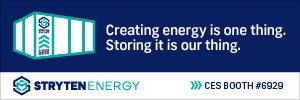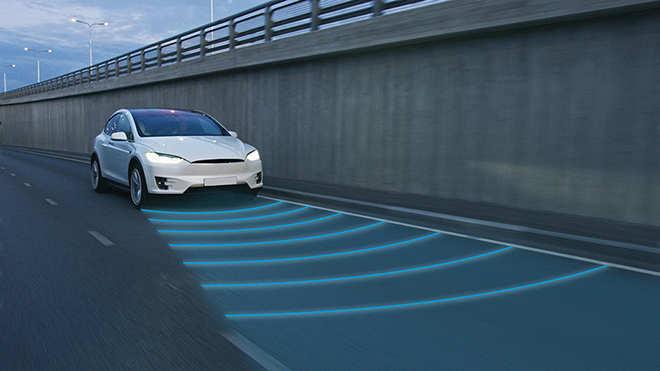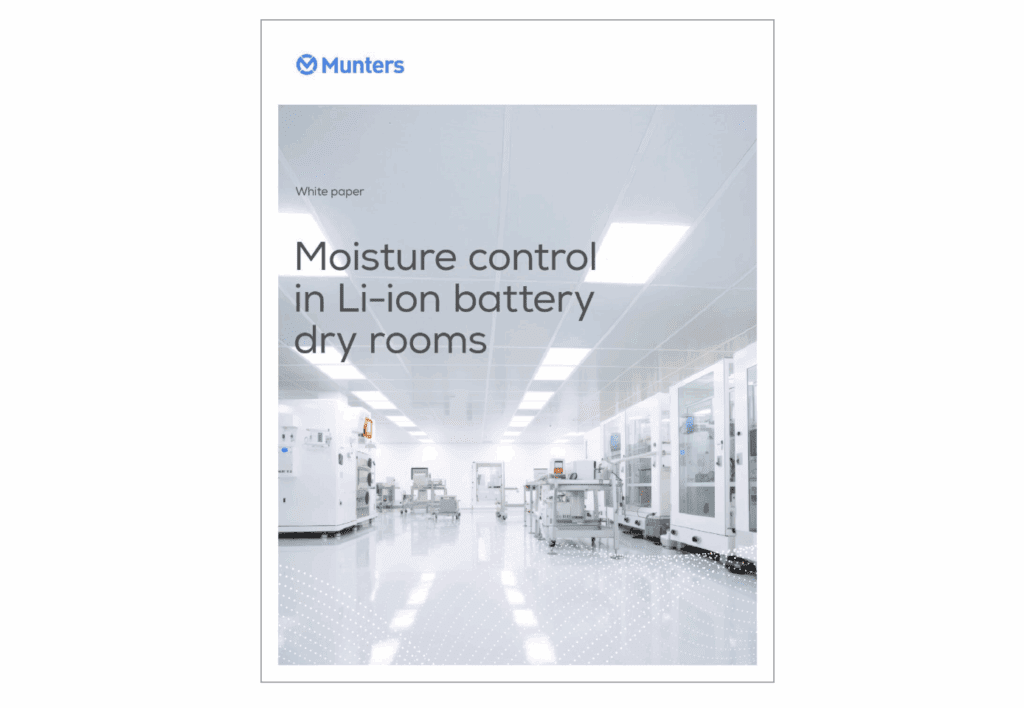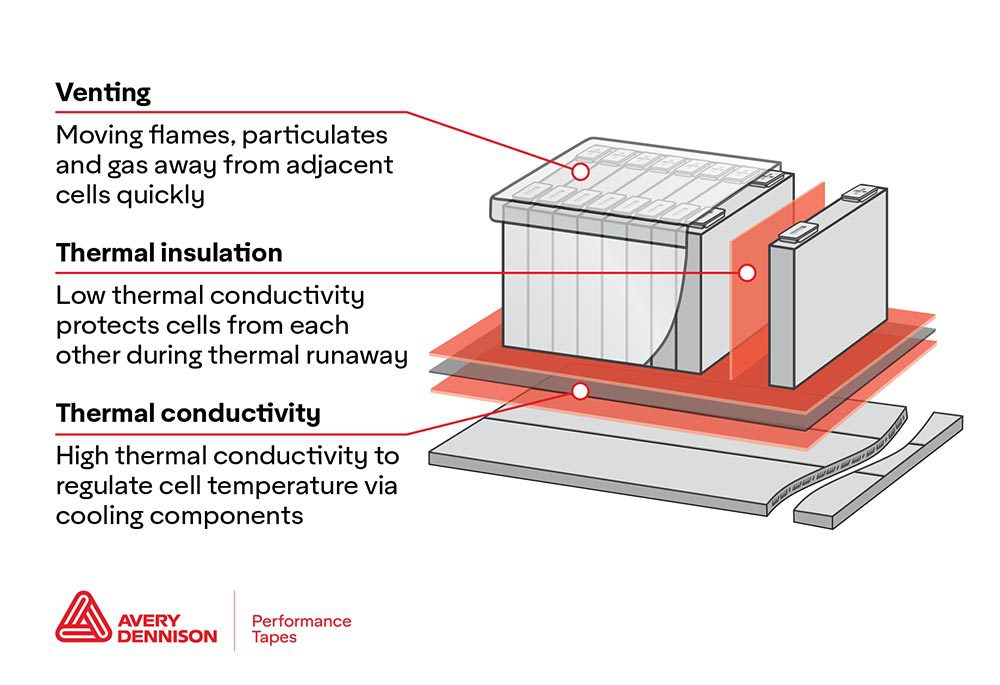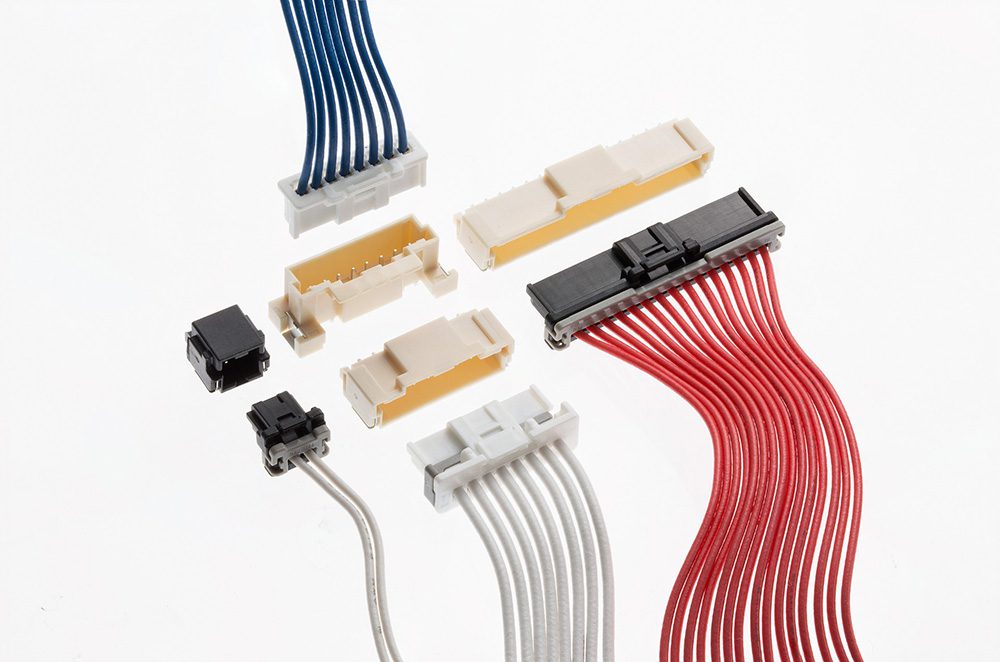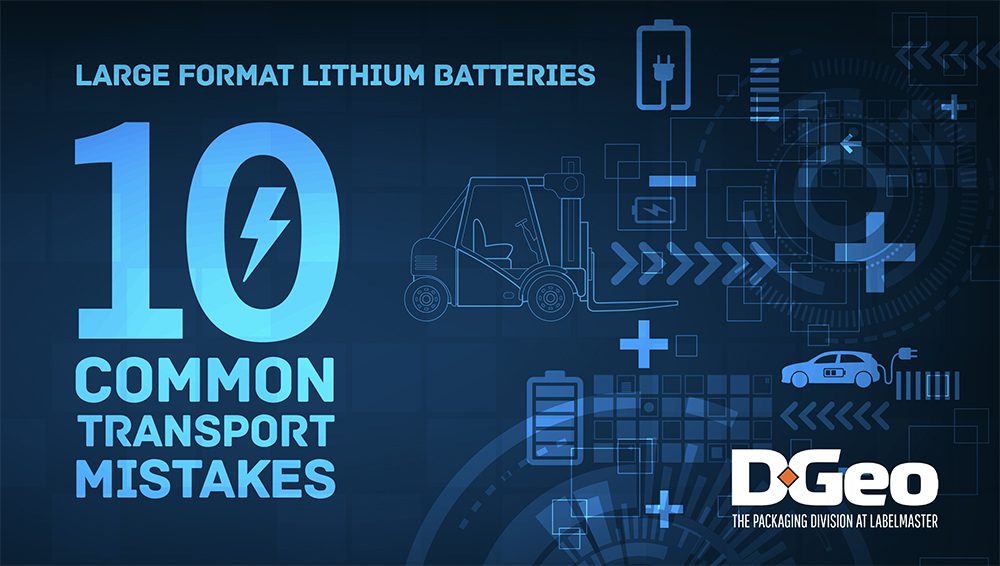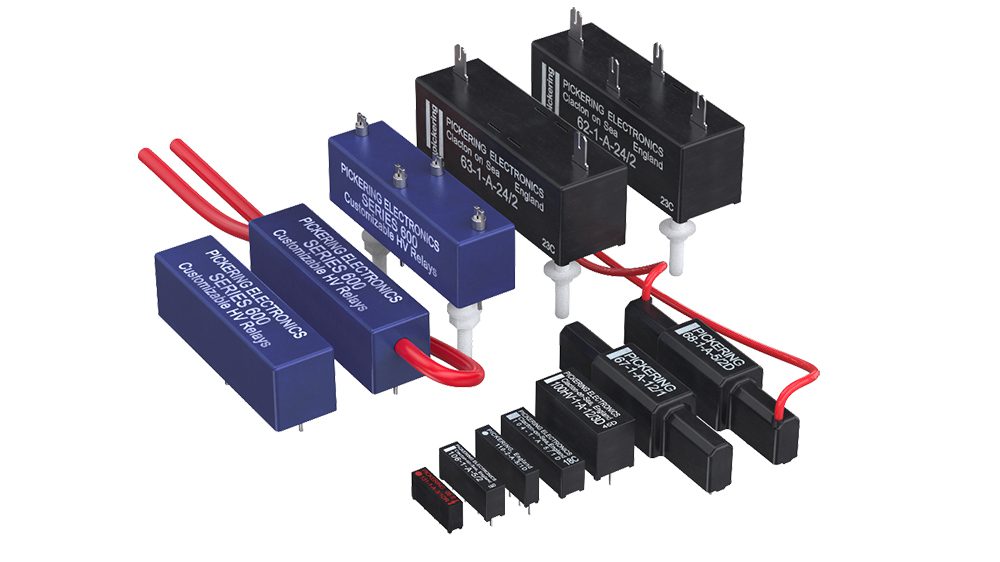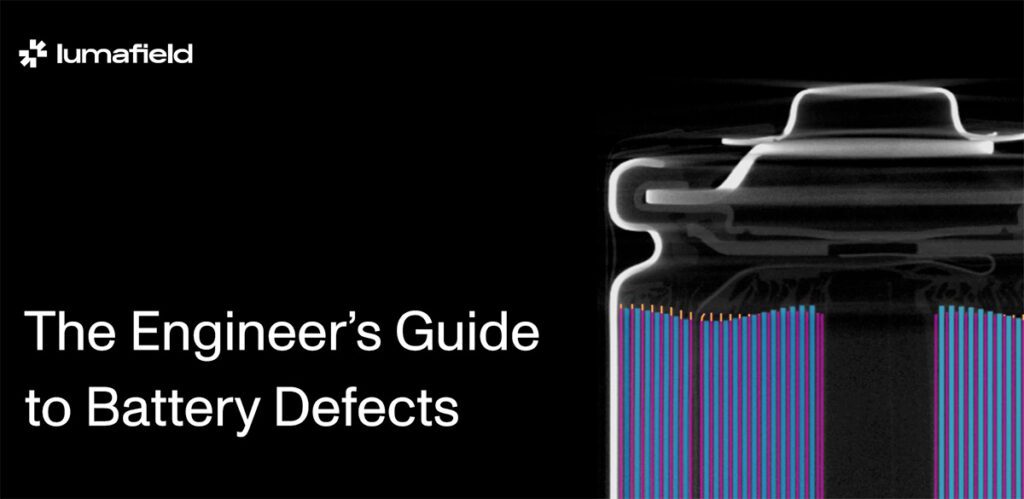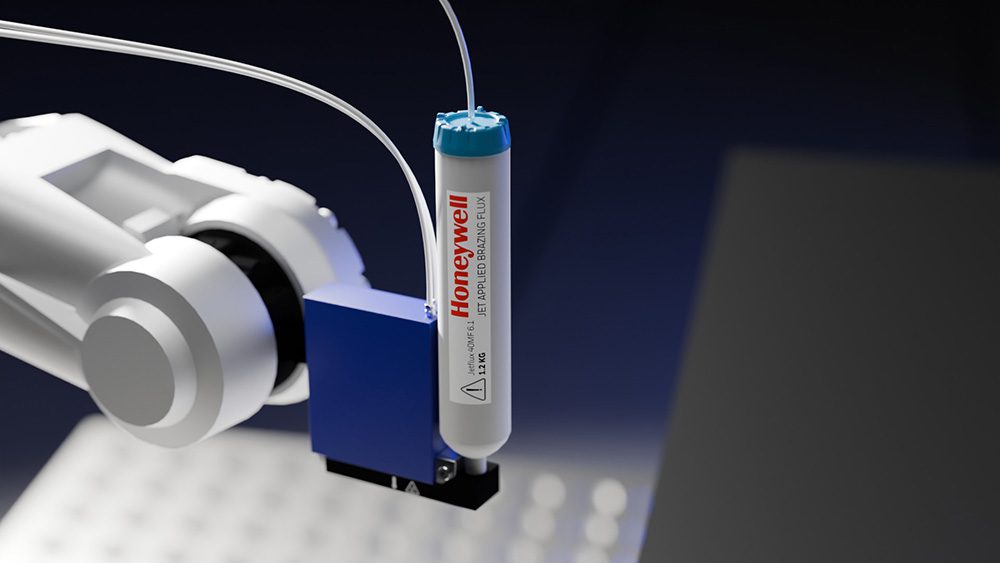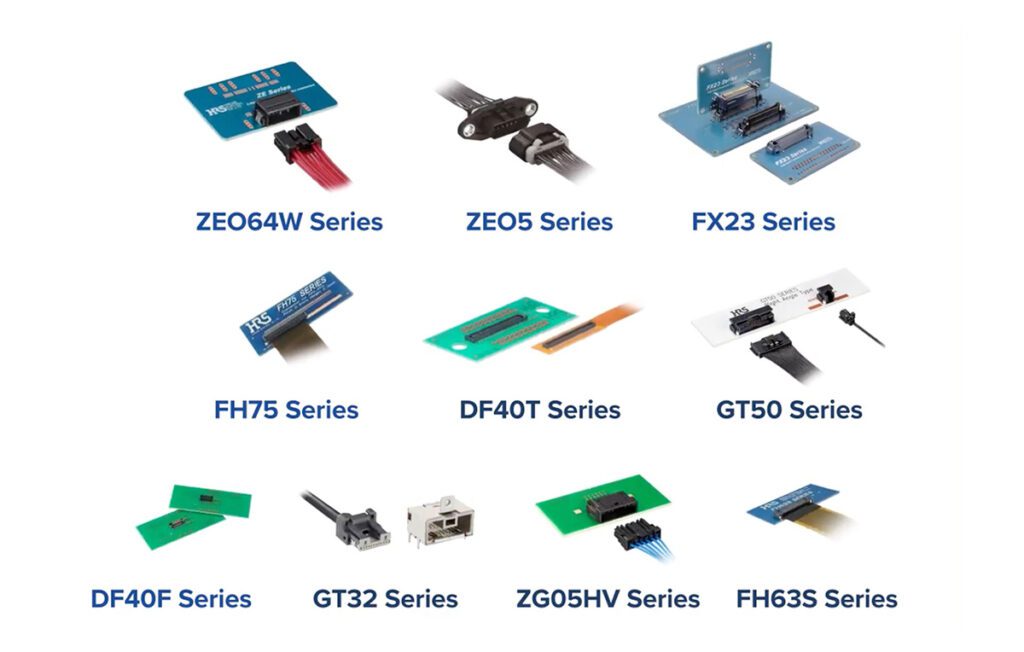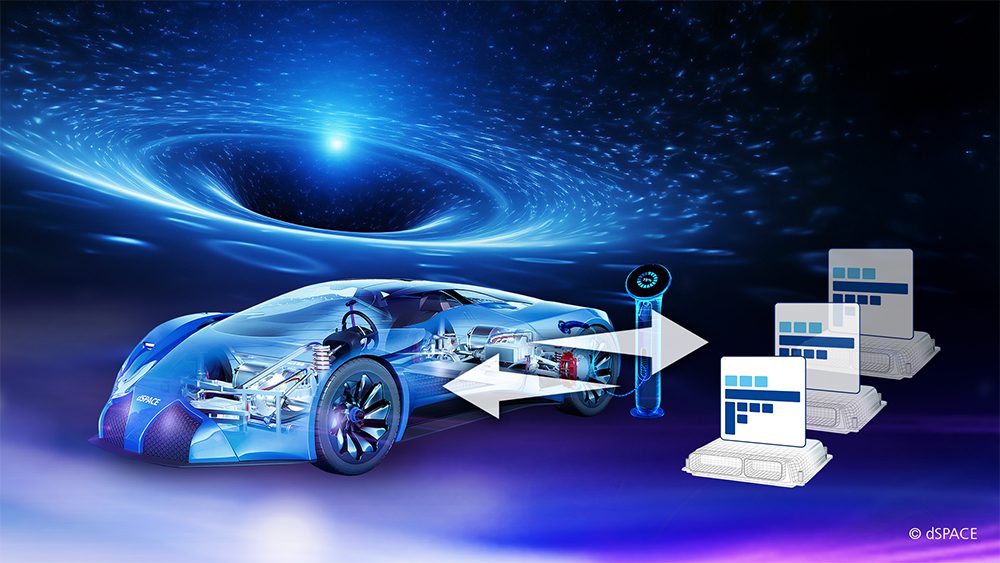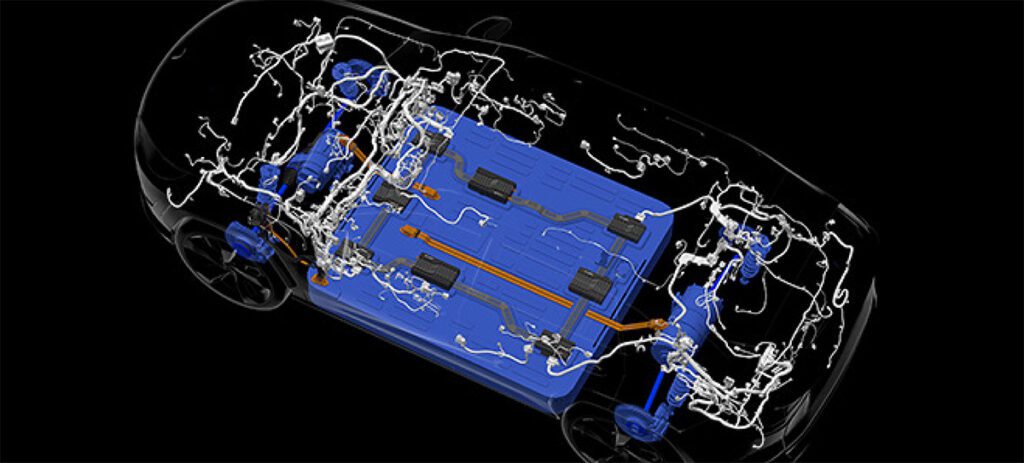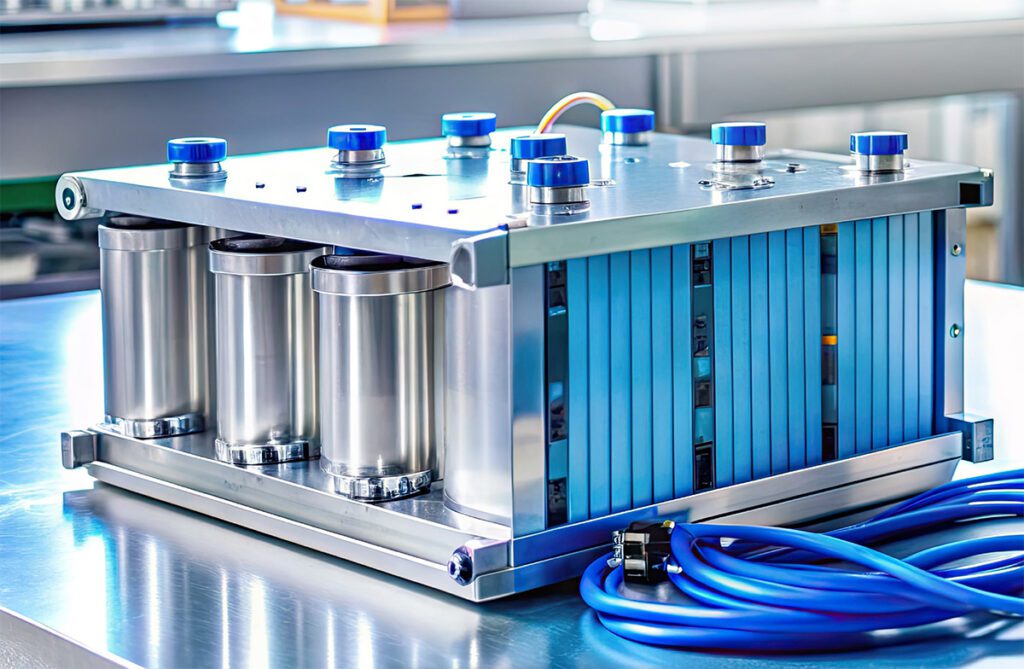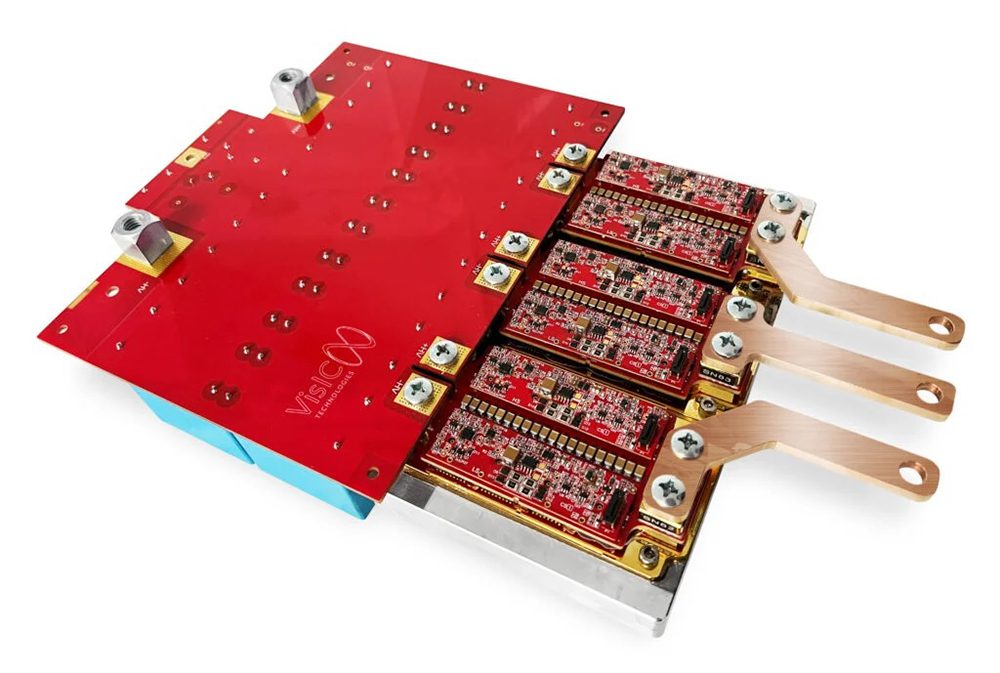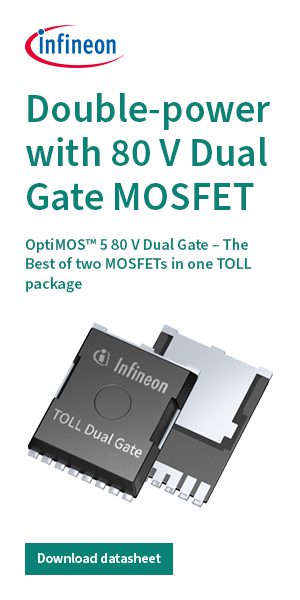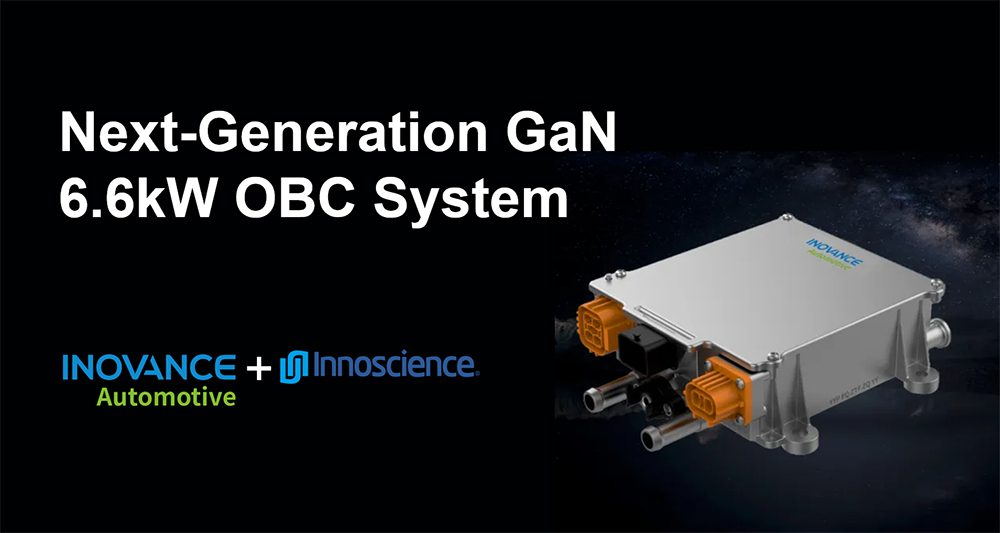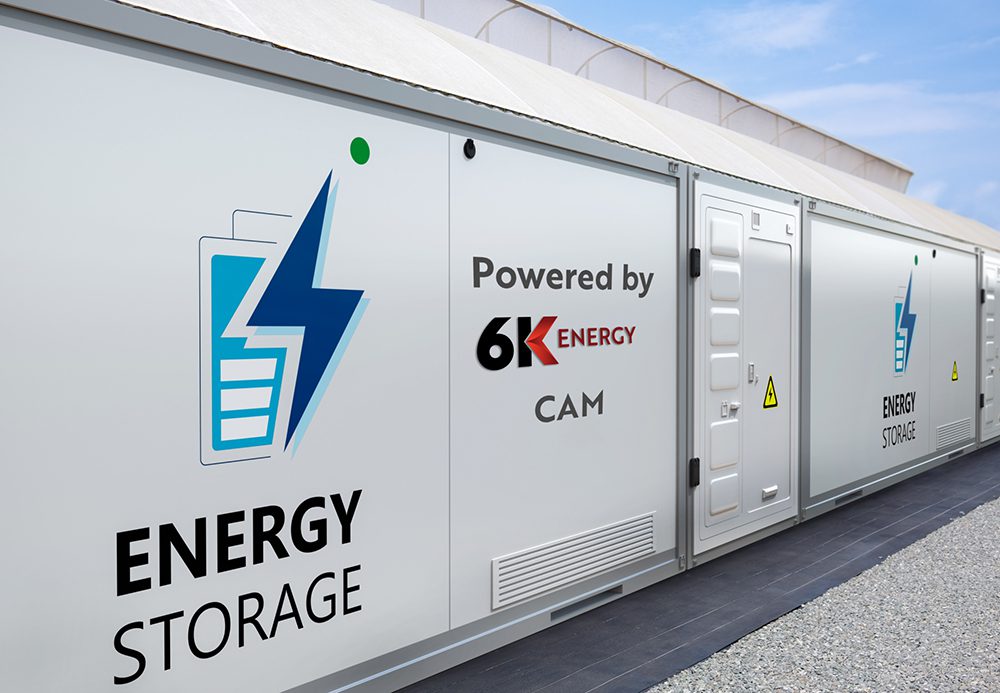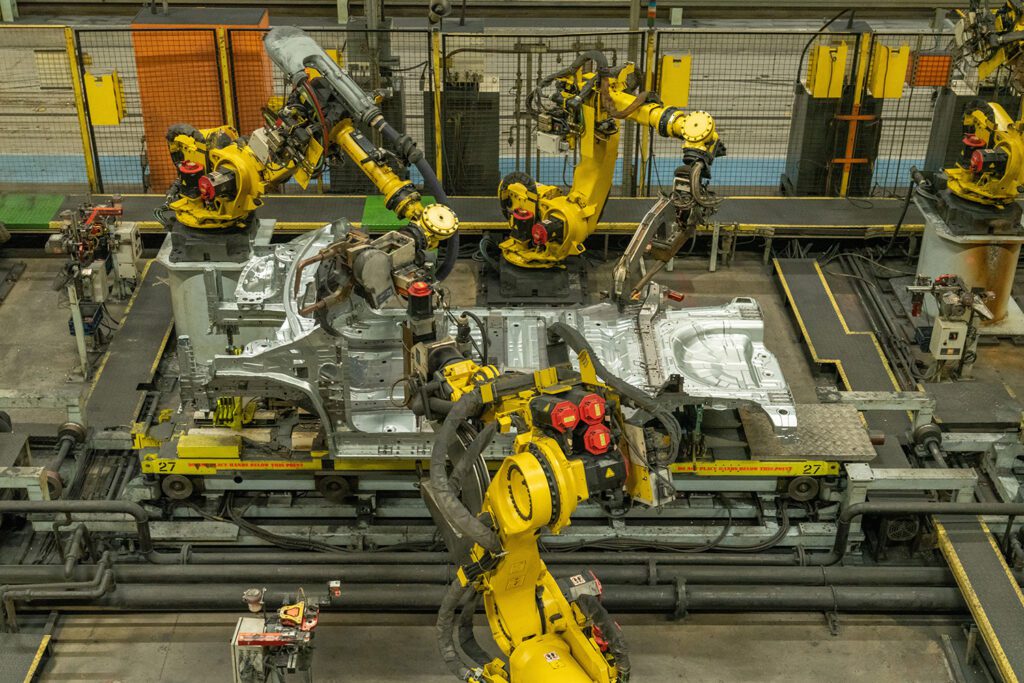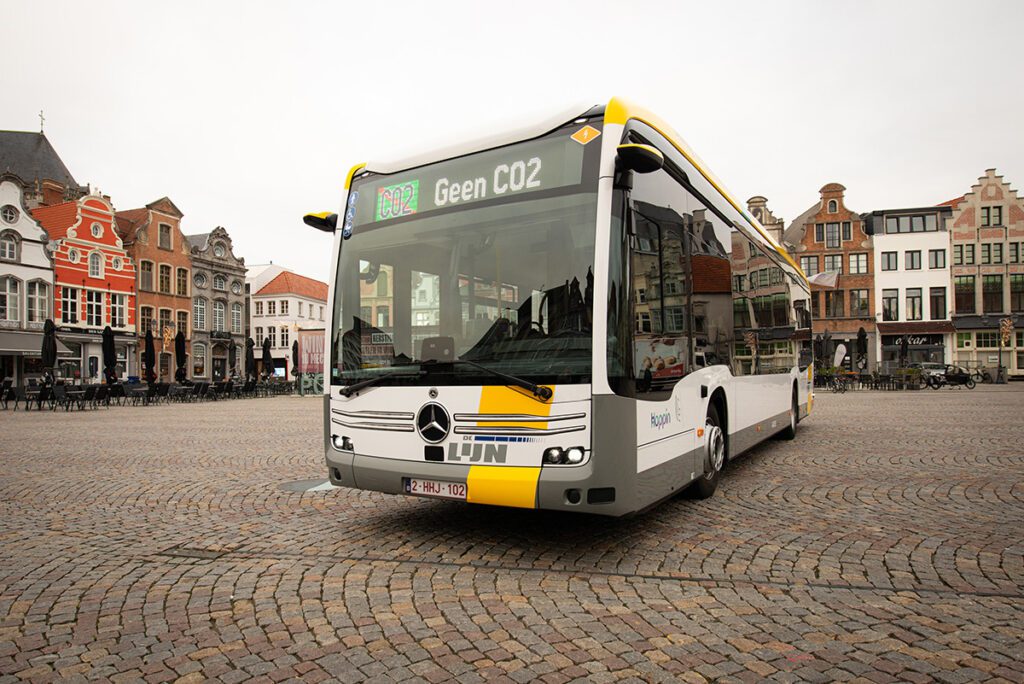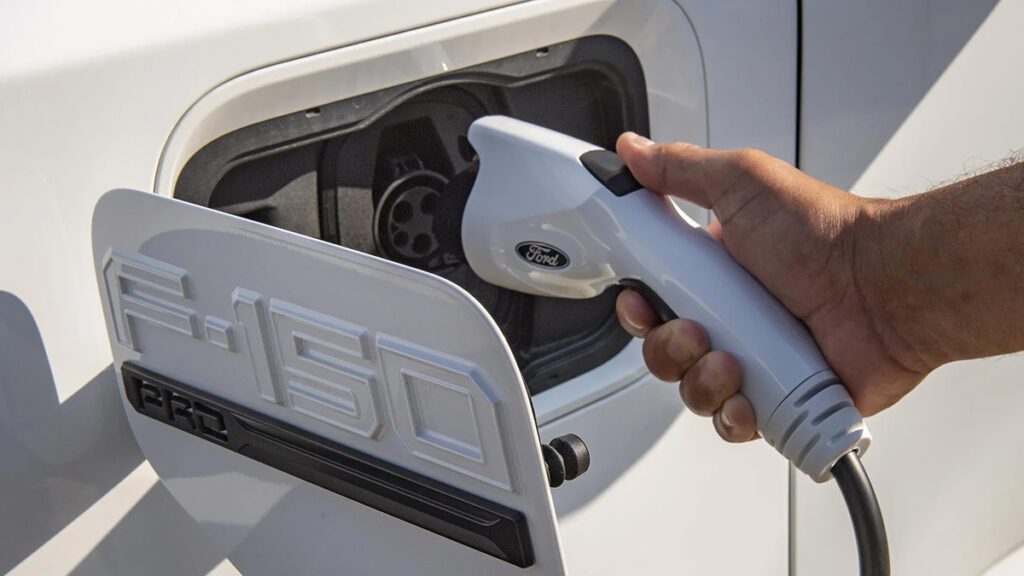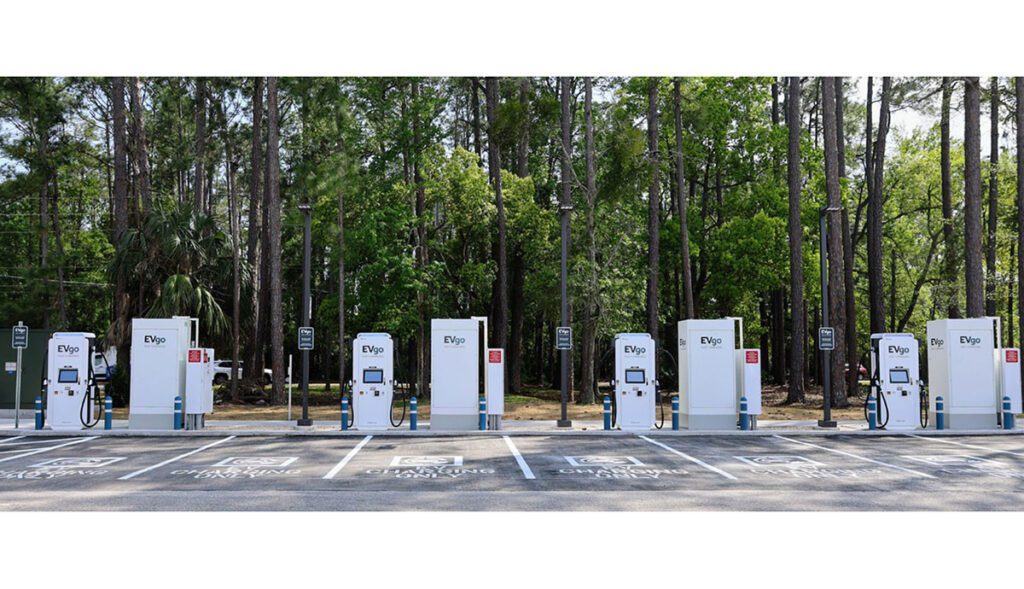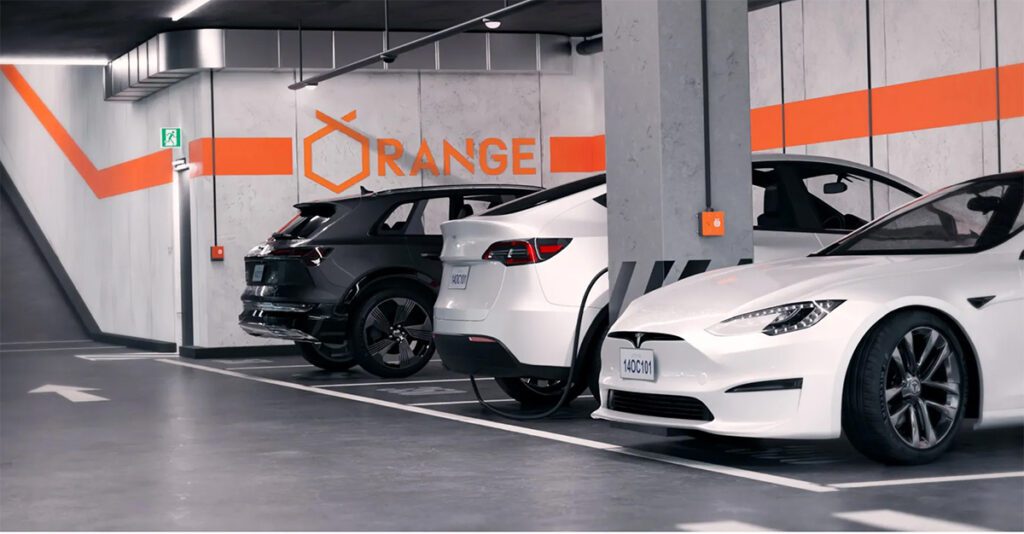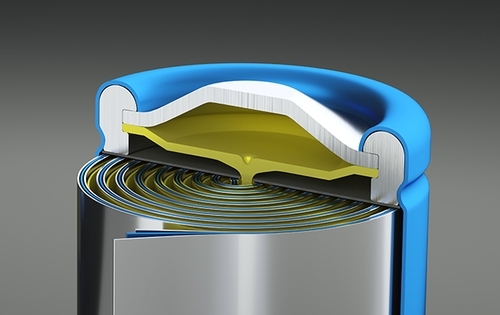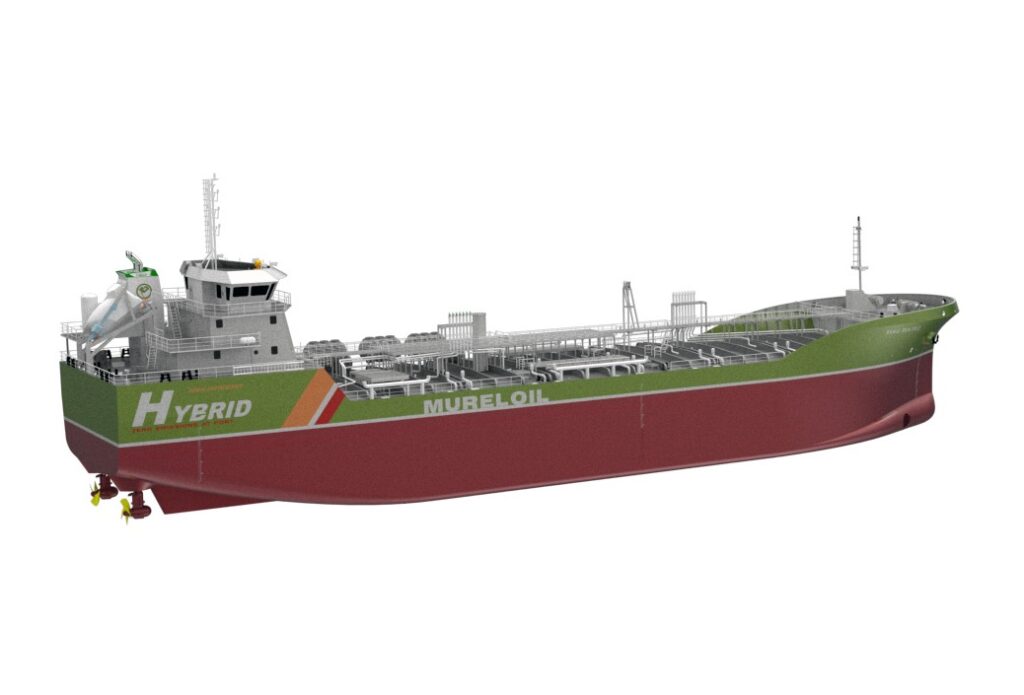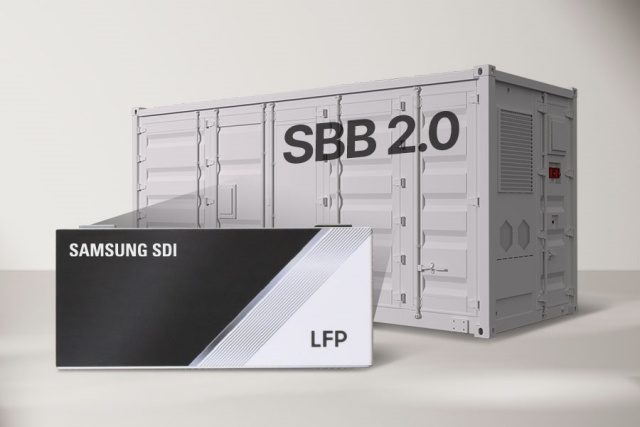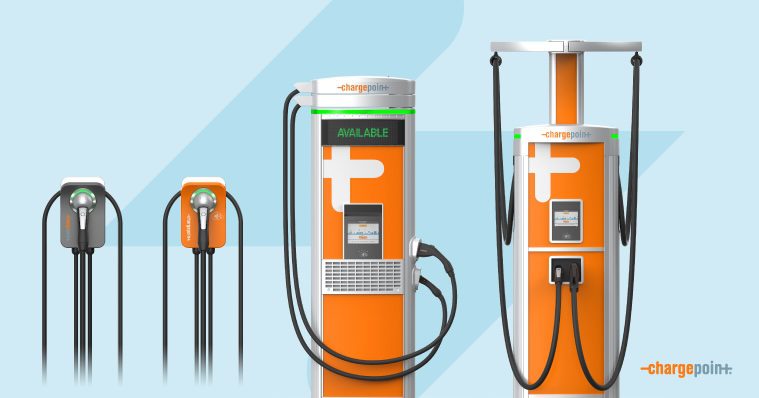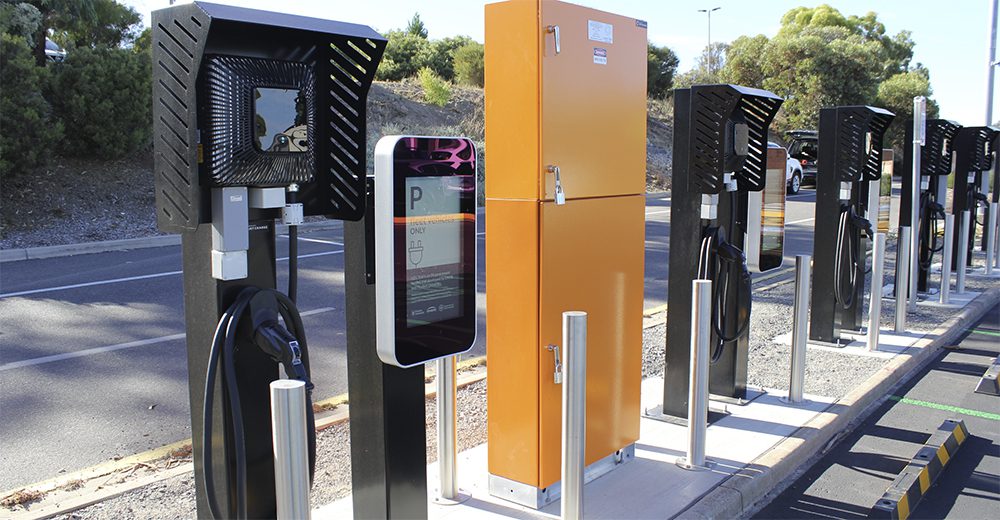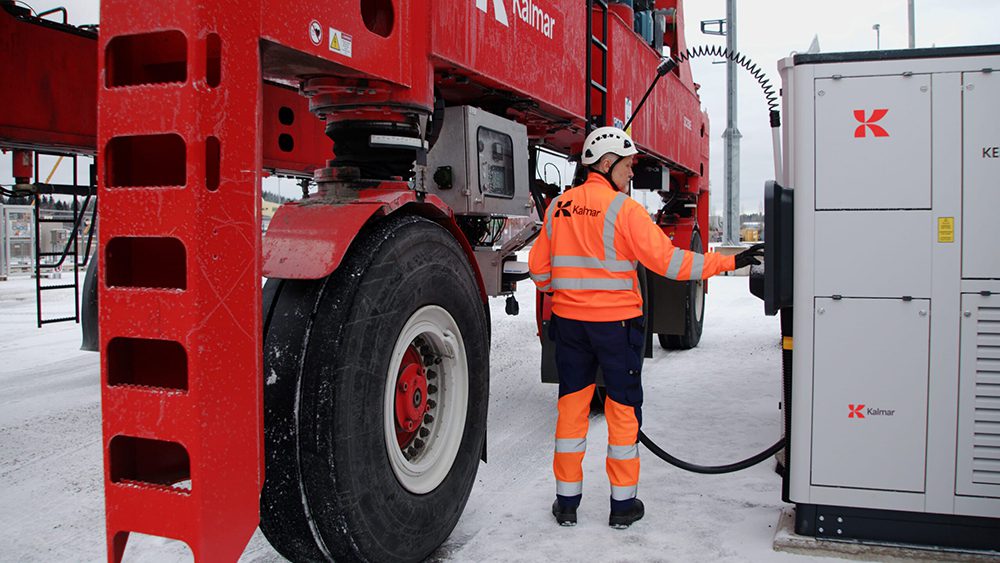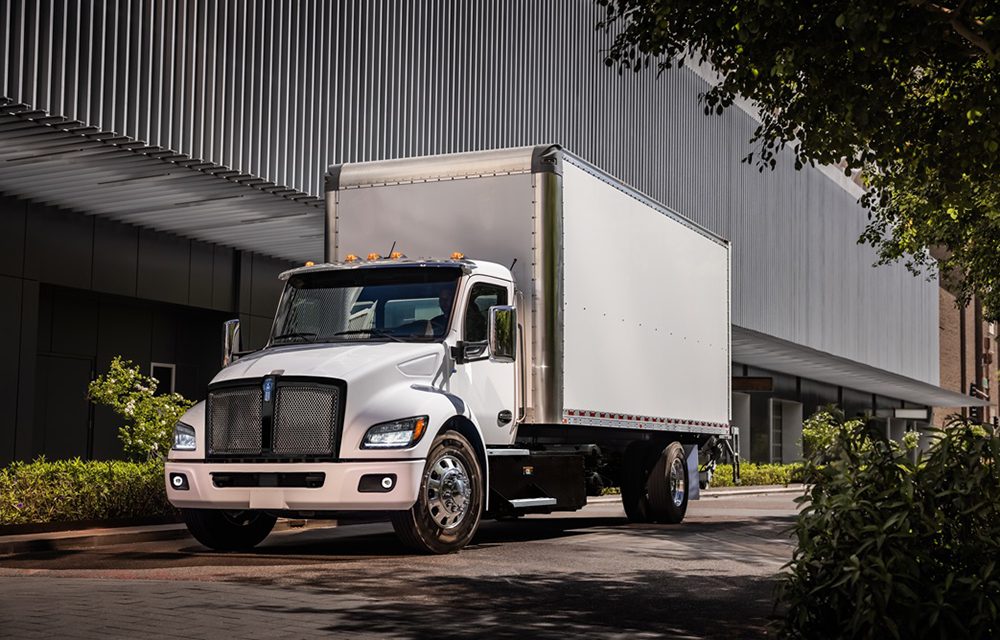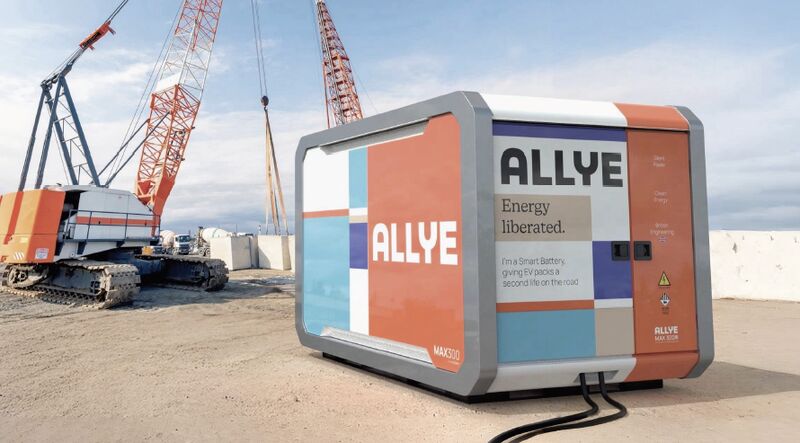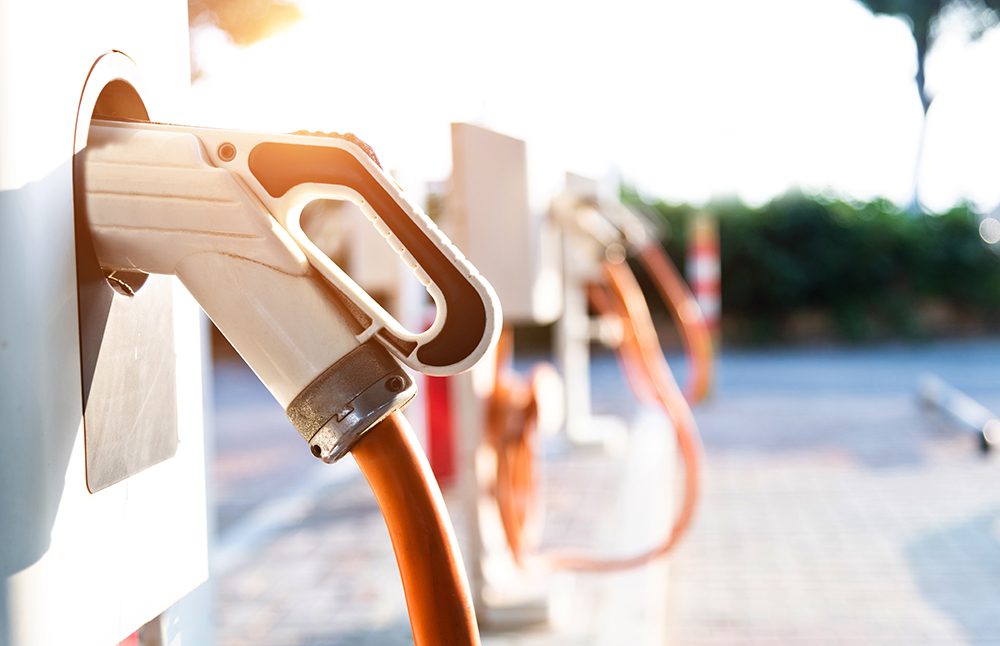Newly developed adhesives for active alignment of camera modules, optical components, and LiDAR assemblies in automotive applications cure rapidly “on demand” upon exposure to UV/LED light. These adhesives can also cure under low-temperature heat (80° C) to accommodate for any shadow areas. The products demonstrate excellent depth of cure, very low shrinkage, and perform significantly better in compression shear strength on a variety of substrates compared to other commercially available light-curable materials on the market.
Introduction
Manufacturers involved in the design and fabrication of sensors, cameras, and LiDAR used in automotive applications require precise placement and alignment of optics in assemblies . Even small fluctuations in tilt and offset can contribute to misalignment, poor resolution scans, and image degradation. Additionally, high production throughput is needed to supply the explosive growth in the use of optical components in modern and automated vehicle systems. As a result, selecting an alignment method that isn’t cost-prohibitive and produces reliable precision assemblies can be challenging and require moving from passive alignment to active alignment.
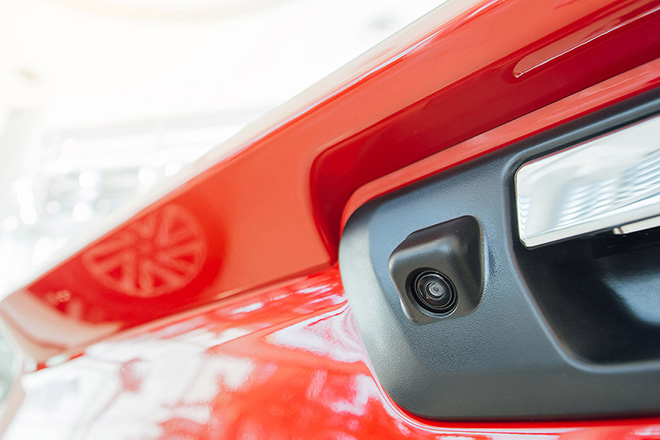
Optical Alignment Methods
Optical alignment is the method by which multiple optics are positioned in relation to one another. There are two main methods of optical alignment: passive and active. Passive alignment is commonly used since it allows for looser mechanical tolerances. This method uses shims and O-rings to properly center lenses within mounting hardware, which can cause small fluctuations in the perpendicular axis resulting in misalignment. These materials can also add to overall process costs.
Active alignment relies on more narrow tolerances and high surface quality to position lenses. This dynamic method enables the fine tuning of adjustments along multiple degrees of freedom and real-time measurements to achieve optimal component alignment. As a result, manufacturers can produce precise optical systems more reliably and quickly, aiding in the reduction of parts failure and increased throughput.
Light-Curable Adhesives for CMOS and LiDAR
Once precise active alignment is achieved, light-curable adhesives can be used to lock components into place. The materials cure “on demand” in seconds upon exposure to UV/LED light energy, meaning optics can be positioned up until the point the adhesives are exposed to the light. This feature enables accurate alignment of components and is unique to light-curable adhesive technology.
A new line of active alignment adhesives for camera module and LiDAR applications brings not only rapid cure to the assembly process, but the additional features of being one-component, 100% solids, and solvent free. A range of other attributes, including heat-cure for shadow areas, low and predictable shrinkage, and high glass-transition temperature, make these adhesives ideal for a variety of applications including bonding the lens to barrel holder, the holder to PCB, and lens bonding.
The white paper “Dymax Active Alignment Adhesives and Their Use in LiDAR and Optical Assemblies” describes active alignment technology in detail and the benefits of using this method in conjunction with Dymax adhesives.



